A proximity sensor is a sensor able to detect the presence of nearby objects without any physical contact. There are various types of proximity sensors out there in the market, but one can say this device often performs its object presence detection task by emitting an electromagnetic field or a beam of electromagnetic radiation ( infrared, for instance), and looking for changes in the field or return signal.
If you are looking for proximity sensors, Linquip has the information you need, according to your application or requirement. We are here to help with any questions you may have about proximity sensors at Linquip. You can learn more about these sensors by visiting Linquip and reading the article “What Is Proximity Sensor?“.
Are you in need of proximity sensor devices and equipment? At Linquip, you can see a wide range of Proximity Sensor Products for free. What proximity sensor equipment are you looking to buy? Linquip provides no-cost access to all available Proximity Sensor Devices for Sale. Linquip also offers you the option to send inquiries to all Proximity Sensor Suppliers and Companies and receive quotations for free if you are looking for proximity sensor equipment or device prices.
The proximity sensors are available in different categories as per their detection. Some proximity sensors are useful to detect materials; whereas some are useful to detect different environmental conditions.
According to its object detection method, there are four widely-used types of proximity sensors, as well as some newer high-end designs:
- Inductive Proximity Sensors
- Capacitive Proximity Sensors
- Ultrasonic proximity Sensors
- IR Proximity Sensors
- High-end Proximity Sensors
Before getting into any detail about different types of proximity sensors, let us quickly take a look at how they do what they do, and the benefits of using proximity sensors for environmental sensing applications.
The Proximity Sensor and Its Benefits
Proximity sensors are sensors that detect movement/presence of objects without physical contact and relay that information captured into an electrical signal. It can also be defined as a proximity switch, a definition given by the Japanese Industrial Standards (JIS) to all contactless detecting sensors.
To further understand what proximity sensor is all about, we’ll take a look at its features. You will see the features of proximity sensors in the following compared to the traditional optical or contact sensors to have a better sense of why we use these devices.
- Contactless sensing
Contactless proximity sensing allows for detection without touching the object, ensuring object stays well-conditioned
- Unaffected by surface conditions
Proximity sensors are nearly unaffected by surface colors of objects since it mainly detects physical changes
- Suitability for wide range of applications
Proximity sensors are suitable for damp conditions and wide temperature range usage, unlike your traditional optical detection.
Proximity sensors are also applicable in phones as well, be it your Android or iOS devices. It consists of simple IR technology that switches on and off display accordingly to your usage. For example, it turns off your display when a phone call is ongoing such that you wouldn’t accidentally activate something while placing it near your cheeks!
- Longer service life
Since a proximity sensor uses semiconductor outputs, there are no moving parts dependent on the operating cycle. Thus, its service life tends to be longer as compared to traditional sensors!
- High speed response rate
Compared to switches where contact is required for sensing, proximity sensors offer a higher-speed response rate.
Types of Proximity Sensors: Inductive Proximity Sensors
Inductive proximity sensors are contactless sensors used to only detect metal objects. It’s based on the law of induction, driving a coil with an oscillator once a metallic object approaches it.
It has two versions:
- Unshielded: Electromagnetic field generated by the coil is unrestricted, allowing for wider and greater sensing distances
- Shielded: Electromagnetic field generated is concentrated in the front, where sides of the sensor coil are covered up
and comprises of 4 main components:
- It comprises of 4 main components as seen in the picture; Coil, Oscillator, Schmitt Trigger, and output switching circuit
Working Principle
- An alternating current is supplied to the coil, generating an electromagnetic detection field
- When a metal object comes close to the magnetic field, eddy currents build-up, and result in coil inductance changes
- When coil inductance changes, the circuit that has been continuously monitoring, will trigger the sensor’s output switch
*Note: Even when a target is not present, inductive sensors continue to oscillate. The switch is only triggered when an object is present.
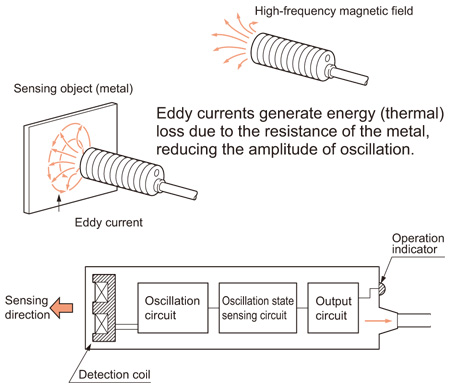
Common Applications
- Industrial usages
- Production automation machines that count products, product transfers
- Security usages
- Detection of metal objects, armory, land mines, etc.
Advantages of Inductive Proximity Sensors
- Contactless detection
- Environment adaptability; resistant to common conditions seen in industrial areas such as dust and dirt
- Capable and versatile in metal sensing
- Considerably cheap when it comes to price
- No moving parts, ensuring a longer service life
Disadvantages of Inductive Proximity Sensors
- Lack in detection range, averaging a max range of up to 80mm
- Can only detect metal objects
- Performance can be affected by external conditions; extreme temperatures,
cutting fluids or chemicals
Types of Proximity Sensors: Capacitive Proximity Sensors
Capacitive proximity sensors are contactless sensors that detect both metallic and non-metallic objects, including liquid, powders, and granular. It operates by detecting a change in capacitance.
Similar to inductive sensors, it consists of an oscillator, Schmitt trigger and output switching circuit. The only difference is it comprises of 2 charging plates (1 internal, 1 external) for capacitation:
- Internal plate connected to the oscillator
- External plate (sensor electrodes) used as the sensing surface
Working Principle
- Capacitive proximity sensor produces an electrostatic field
- When an object (conductive/non-conductive) approaches the sensing area, the capacitance of both plates increases, resulting in oscillator amplitude gain
- The resulted amplitude gain triggers sensor output switch
*Note: Capacitive sensors only oscillate when the target object is present
Common Applications
- Industrial usages
- Production automation machines that count products, product transfers
- Filling processes, pipelines, inks, etc.
- Fluid level, composition, and pressure
- Moisture control
- Non-invasive content detection
- Touch applications
Advantages of Capacitive Proximity Sensors
- Contactless detection
- A wide array of materials to be detected
- Able to detect objects through non-metallic walls with its wide sensitivity band
- Well-suited to be used in an industrial environment
- Contains potentiometer that allows users to adjust sensor sensitivity, such that only wanted objects will be sensed
- No moving parts, ensuring a longer service life
Disadvantages of Capacitive Proximity Sensors
- Relative low range, though incremental increase from inductive sensors
- Higher price as compared to inductive sensors
Types of Proximity Sensors: Ultrasonic Proximity Sensors
Third on this list is ultrasonic proximity sensors, detecting the presence of objects through emitting high-frequency ultrasonic range. It does so through the conversion of electrical energy. Similarly to capacitive sensors, it can detect objects in solid, liquid, granular, or granular as well.
Probably the easiest among all, it only comprises an ultrasonic transmitter and an ultrasonic receiver.
Working Principle
- The sonic transducer emits sonic waves
- Sonic waves bounces off the object
- The wave that bounced off is then returned to the sensor
- Time that it took to emit and receive sound waves is then used to determine distance/proximity
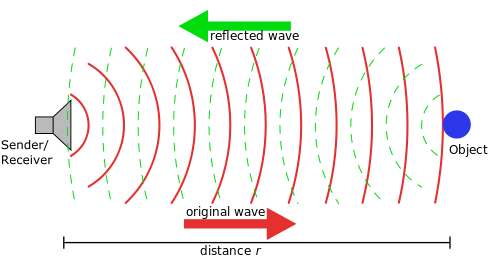
Common Applications
- Distance measurement
- Anemometers for wind speed and direction detection
- Automation production processes
- Fluid detection
- Unmanned aerial vehicles (UAVs) for object monitoring
- Robotics
Advantages of Ultrasonic Proximity Sensors
- Contactless detection
- Not affected by object color and transparency
- Not affected by external environmental conditions, reliable solution
- Works well in places with extreme conditions
- Able to be used in dark environments
- Low current consumption
Disadvantages of Ultrasonic Proximity Sensors
- Limited detection range though capable of higher range as compared to inductive and capacitive sensors
- Doesn’t work in a vacuum since ultrasonic sensors operate via sound waves
- Not able to measure the distance of Soft objects or ones with extreme textures
Types of Proximity Sensors: IR Proximity Sensors
IR, in short for infrared, detects the presence of an object by emitting a beam of infrared light. It works similarly to ultrasonic sensors, though instead of using sonic waves, IR is transmitted.
Infrared proximity sensors consist of an IR LED that emits, and a light detector for detection of reflection. It has an in-built signal processing circuit that determines an optical spot on the PSD.
Working Principle
- Infrared light is emitted from the IR LED emitter
- The beam of light hits the object and gets reflected back in an angle
- The reflected light will reach the light detector
- The sensor in the light detector determines the position/distance of reflective object
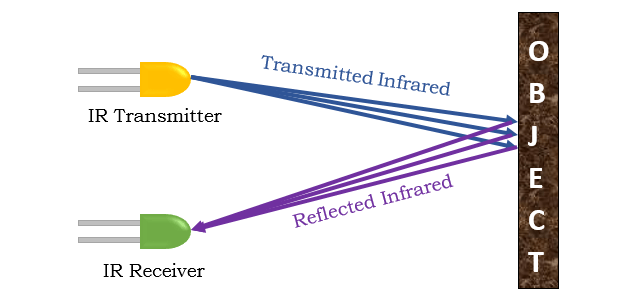
Common Applications
- Distance measurement
- Item counter; when object cuts the radiating light, it counts as one
- Security systems such as surveillance, burglar alarms, etc.
- Monitoring and control applications
Advantages of IR Proximity Sensors
- Contactless detection
- Applicable for daytime and nighttime usages
- Secured communication through a line of sight
- Able to measure the distance to soft objects unlike ultrasound proximity sensors
- Accuracy of the infrared sensor not affected by corrosion or oxidation
Disadvantages of IR Proximity Sensors
- Affected by environmental conditions and hard objects, implying inability for usage through walls or doors
- Requires line of sight between transmitter and receiver for communication
- Performance dips over longer distances
See the video here to learn more about these types of proximity sensors and how they are used.
Types of Proximity Sensors: High-end Proximity Sensors
Photoelectric Proximity Sensors
Photoelectric proximity sensors are ones that use high-end photoelectric technology. This type of it emits a light beam that’s capable of detecting all sorts of objects!
It has the following three different models; Reflective, Through-beam, and Retro-reflective. Each model offers varying light emission methods, though they are all highly efficient when it comes to distance detection.
Magnetic Proximity Sensor
Magnetic proximity sensors are proximity devices used to detect magnetic objects through their large sensing ranges. A typical one incorporates glass and metal blade, allowing for quick magnetizing!
Though it merely senses magnets, it’s still great for its low cost, long-range, and small dimensions.
LiDAR Proximity Sensor
LiDar, in short for Light Detection and Ranging, is a high-end sensing technology that provides excellent max detection range with fast update rates. The only main downside is the cost, where it may be too costly for the average consumer.
Which Type of Proximity Sensor Is Best?
The use of photoelectric sensors is extremely effective for detecting absence or presence and is ideal for a lot of industrial purposes as well as in a variety of residential and commercial settings, especially for garage door sensors and occupant counting applications.
How Do I Select the Right Proximity Sensor?
Considerations when selecting a proximity sensor include:
- Design (barrel or block).
- The type of output switching (NPN or PNP).
- The output function (NO or NC).
- Range of detection and sensing.
- Type of target detected.
- IP rating.
- Type of installation (flush or non-flush).
- Whether it is shielded, partially shielded, or not shielded.
- Response time.
- Potential applications.
Download Types of Proximity Sensors PDF
The PDF version of this article is available for download so you can access it whenever you want.
Buy Equipment or Ask for a Service
By using Linquip RFQ Service, you can expect to receive quotations from various suppliers across multiple industries and regions.
Click Here to Request a Quotation From Suppliers and Service Providers
Read More On Linquip
- Difference Between Actuator and Sensor: The Ultimate Guide
- Types of Insulator Materials: 2021 Ultimate Guide
- A Brief Look at Types of Multimeters
- What is a Differential Pressure Sensor?: An Ultimate Guide
- 4 Types of Thermowell: Application and Duty
- What is Humidity Sensor: Your go-to Guide on humidity Sensors!
- Temperature and Humidity Sensors: An Ultimate Guide
- Types of Humidity Sensors: A Full Explanation of The Most Common Types
- Temperature Sensors: Types, working principle & Practical Applications
- Transducer vs. Sensor: Basic Differences & Advantages of Them
- Types of Temperature Sensors and Their Application

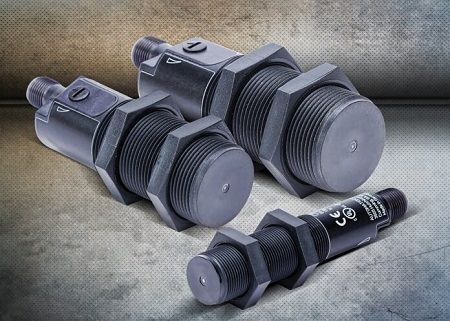
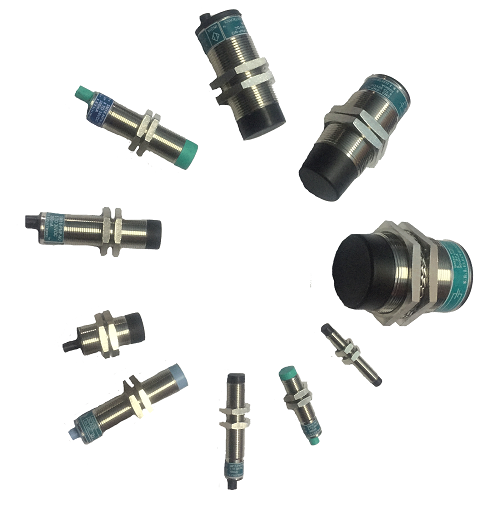
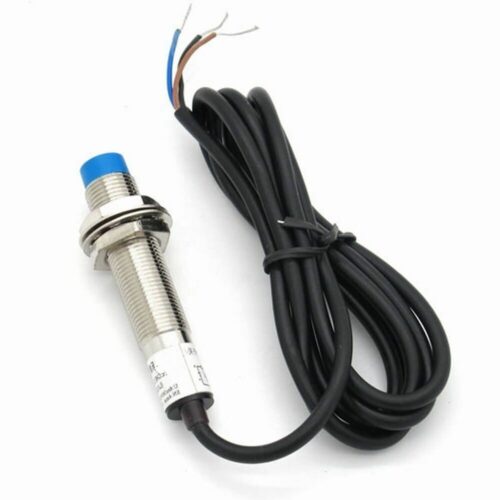
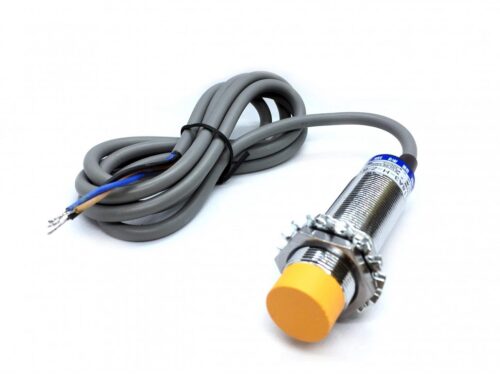
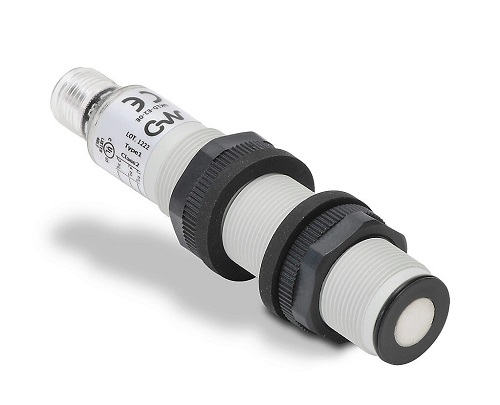
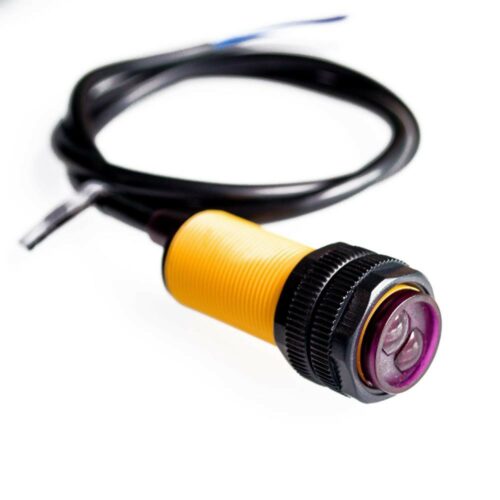
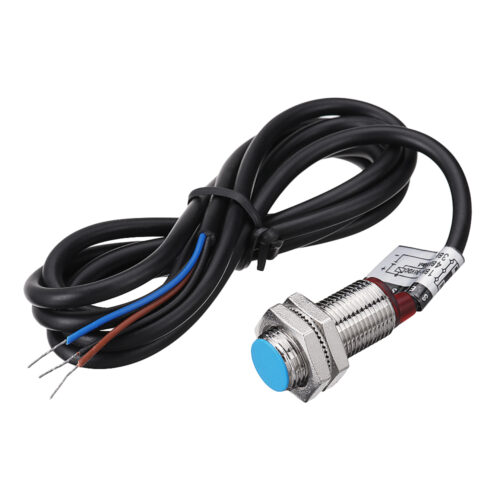
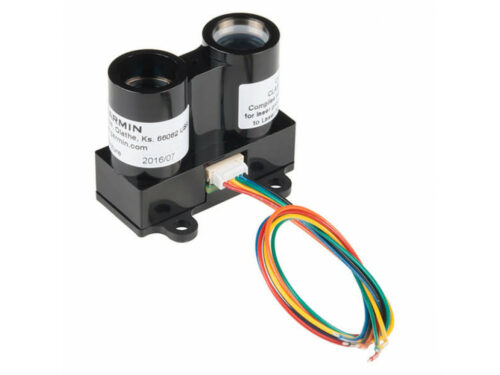


In fact, I’m very happy because I have learnt new things that are technical and useful in engineering fields.
Actually I’m a student and I like working in a company dealing with technology,modern machines development, robotics and so on but remains restricted due to environment and lack of full support.
This is very interesting. I appreciate!!!
Interesting post, thanks for sharing.
Thanks for visiting our website and leaving your comment, Anna! We hope to hear from you again in our other posts.